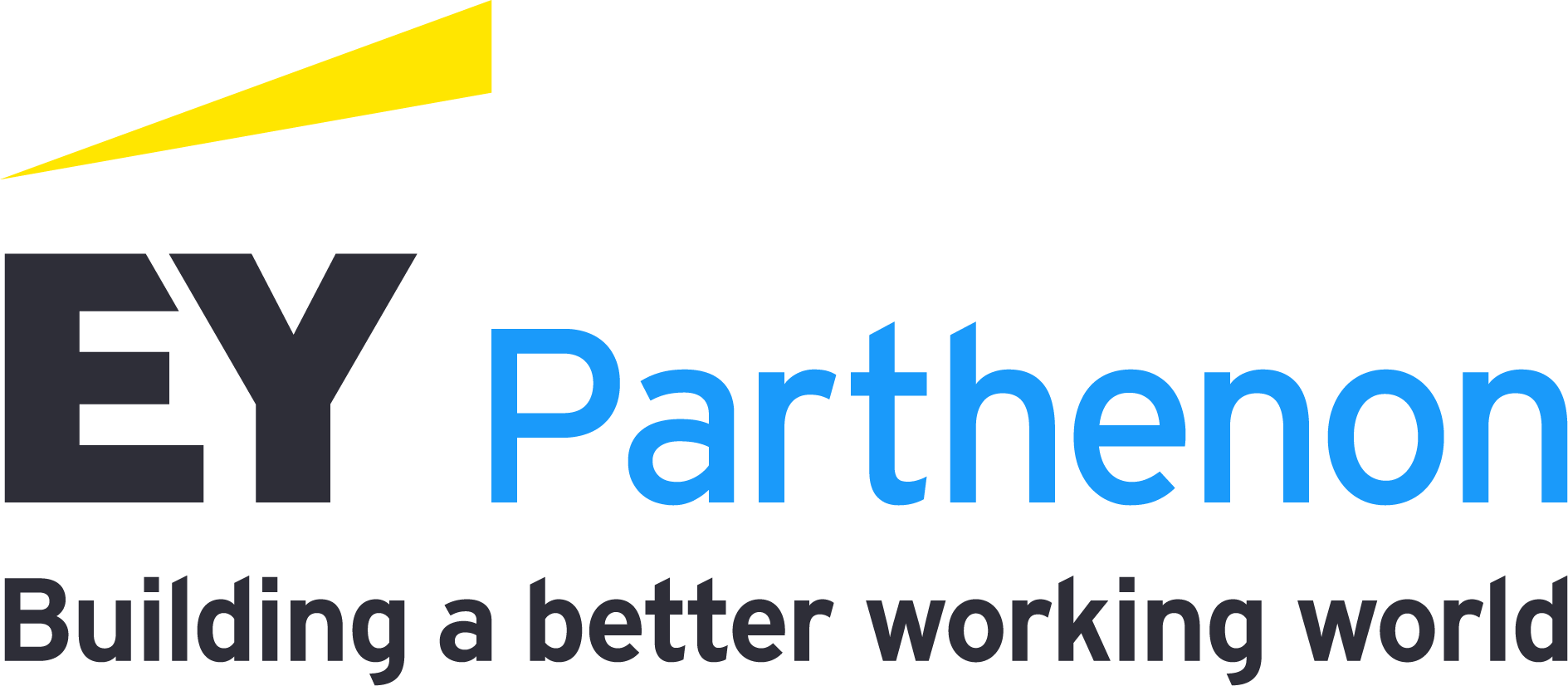Once the decisions are made, product leaders may want to be extra careful about communication between engineering, sales and product teams and must understand how changed priorities impact products and projects. Lastly, we believe companies can keep their eyes wide open for M&A opportunities. Build vs. buy decisions can be reexamined given current depressed valuation trends.
3. Optimize the software supply chain
Today’s software is complex to build and maintain. It is common for software applications to leverage hundreds of open-source and commercial components and support various user interfaces like mobile and web. Most software also supports programmatic integrations with API and data exchanges.
All this contributes to the cost and complexity of building, deploying, securing and supporting software. Mid-market and vertical SaaS companies, specifically, are at various stages of their journey to modernize their software supply chain. Those companies born in the cloud typically have modern software engineering practices. However, for SaaS companies evolving from an on-prem model to cloud or managed hosted solutions to a true multi-tenant SaaS, serving verticals like health care, financial services or biopharma, there is much room to unlock value both in terms of cost as well as speed to market. Software supply chain improvements are necessary both from an economic point of view as well as a quality and security perspective.
Right-sourcing software engineering talent is another area to address. During the post-COVID-19 era, the war for talent led to many decisions (such as lowering hiring criteria) that may be worth revisiting. Similarly, optimizing an efficient and offshore delivery is another area to explore. Suboptimal offshore delivery may occur for many reasons, such as lack of proper training, domain expertise and communication challenges between onshore and offshore, leading to not realizing full value from outsourcing or offshoring initiatives.
4. Rein in COGS
Cost of goods sold (COGS) for a typical SaaS company can range from 15% to 25% of revenue3. These costs typically include infrastructure cost like cloud and data center, 3rd party software licensing, customer support, subscriptions for tools to monitor and support the platform and personnel cost required to deliver services to existing clients.
Business leaders can address several of these areas:







